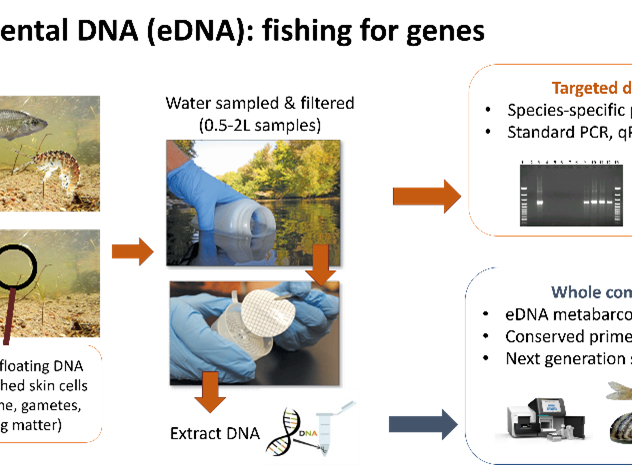04.11.2025: Bernd Häfling (UK): What can aquatic eDNA tell us about biodiversity?, HS 31.11, Institut für Biologie, Bereich Pflanzenwissenschaften, Schubertstraße 51, 17:00 Uhr
Over the past decade, advances in molecular techniques have transformed biodiversity monitoring, particularly through the application of environmental DNA (eDNA) approaches. Similar to forensic DNA methods, eDNA enables researchers to detect species by identifying genetic material that organisms leave behind in their environment. Aquatic ecosystems, especially freshwater habitats, have seen the most significant adoption of eDNA-based monitoring due to its ability to provide rapid, non-invasive, and highly sensitive species detection. This technique has proven especially valuable for detecting elusive, rare, or cryptic species that may not be easily observed through traditional survey methods. These characteristics make eDNA-based approaches invaluable tools for conservation biology, ecological research, and environmental management. However, as with any biodiversity assessment method, there are limitations and challenges to overcome in eDNA approaches, particularly regarding the quantification of species abundance, the influence of environmental factors on eDNA persistence and transport and the potential for false positive detection. This lecture will explore these strengths and limitations in detail, drawing on case studies from freshwater fish, aquatic invertebrates, and other taxa to highlight the broad applicability and transformative potential of eDNA in biodiversity assessments.
